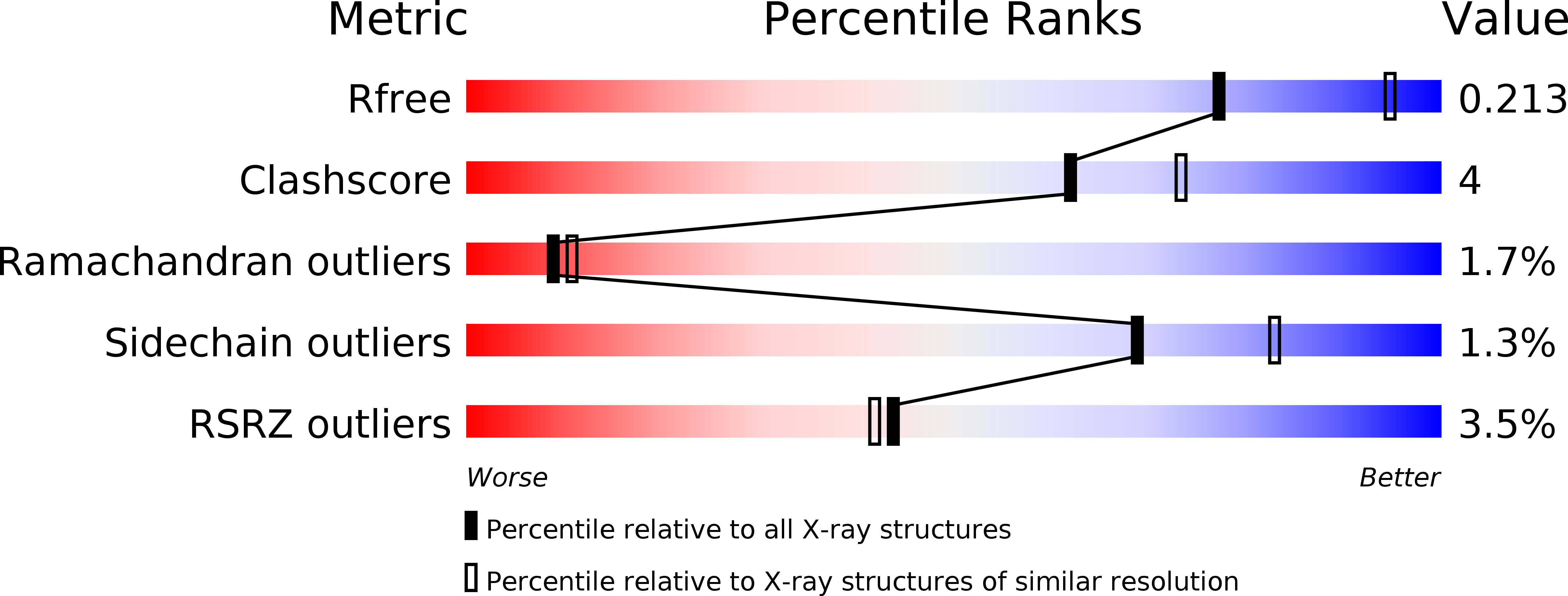
Deposition Date
2014-11-21
Release Date
2015-01-28
Last Version Date
2024-02-28
Entry Detail
PDB ID:
4X0E
Keywords:
Title:
Structure of M. tuberculosis nicotinate mono nucleotide adenylyltransferase
Biological Source:
Source Organism:
Mycobacterium tuberculosis (Taxon ID: 83332)
Host Organism:
Method Details:
Experimental Method:
Resolution:
2.41 Å
R-Value Free:
0.25
R-Value Work:
0.22
R-Value Observed:
0.22
Space Group:
P 31 2 1


